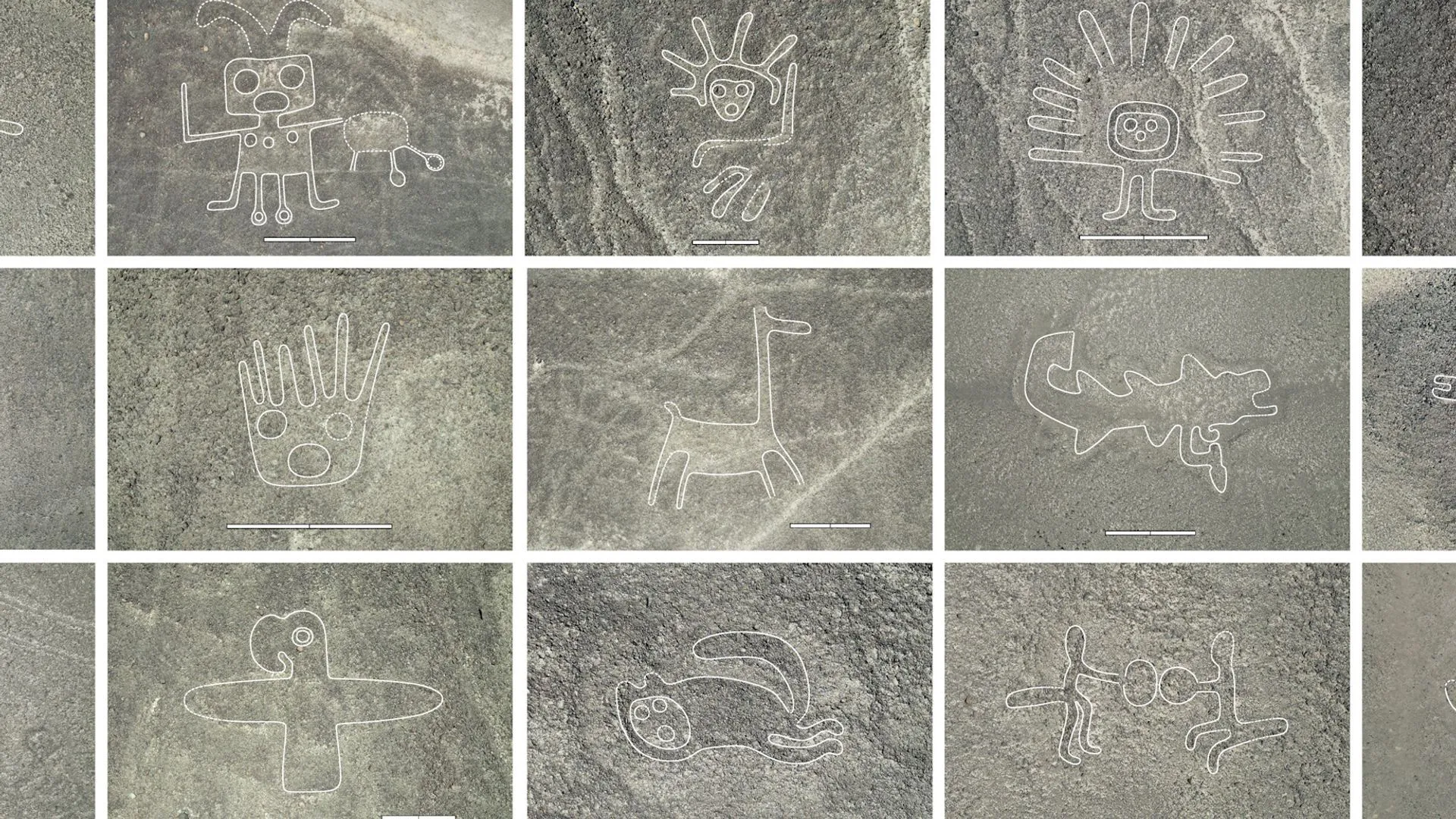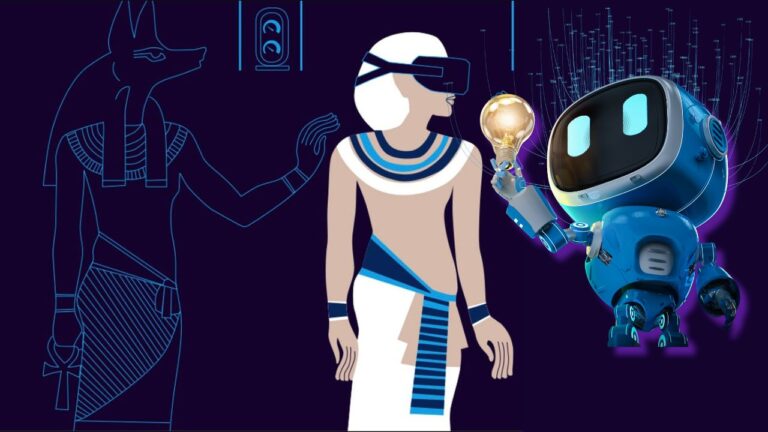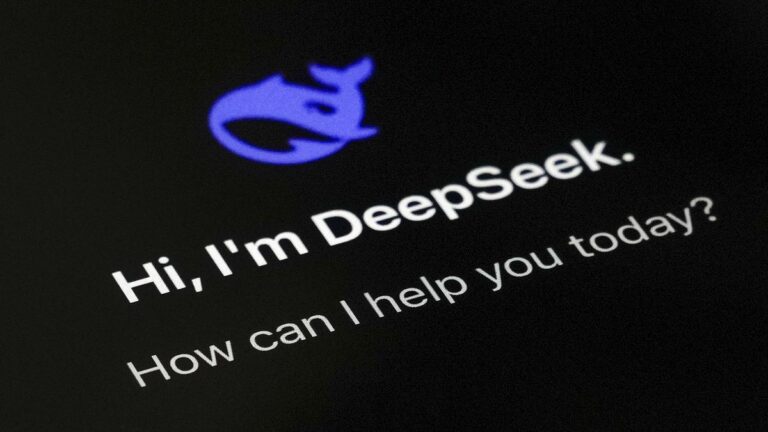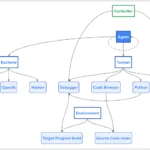Artificial intelligence (AI) is transforming how archaeologists explore and understand ancient civilizations, making discoveries faster and more precise than ever before. By analyzing vast datasets and using advanced technologies, AI is uncovering lost cities and artifacts that were previously hidden, offering new insights into human history.
How AI Helps in Archaeology
AI assists in several key areas:
- Site Detection: AI analyzes satellite images to identify potential archaeological sites, such as ancient settlements or geoglyphs. For instance, in Peru’s Nazca region, AI discovered 303 new geoglyphs in just six months, a task that would have taken years manually (PNAS).
- Text Deciphering: AI deciphers ancient texts, like the Herculaneum scrolls, by detecting ink patterns in CT scans, revealing content from charred papyrus (DW).
- Artifact Analysis: AI reconstructs broken artifacts, such as Pompeii frescoes, and analyzes human remains to understand ancient lifestyles, enhancing preservation efforts (Artnet).
The surprising detail here is how quickly AI can process data, like identifying over 60,000 Maya sites in the Yucatan Peninsula, hidden under dense vegetation, showcasing its potential to revolutionize archaeology.
Comprehensive Survey Report on AI’s Role in Uncovering Lost Civilizations
Introduction and Background
Archaeology, the study of human history through material remains, has traditionally relied on manual excavation and analysis, often limited by time and resources. The integration of artificial intelligence (AI) into this field, particularly in the last decade, has marked a significant shift, enabling archaeologists to uncover lost civilizations with unprecedented efficiency and accuracy. This survey explores how AI is transforming archaeology, focusing on its applications, recent discoveries, and the ethical challenges it presents, ensuring a thorough understanding for both experts and enthusiasts.
Methodology and Data Collection
To compile this survey, multiple web searches were conducted to gather information on AI’s role in archaeology, focusing on recent developments up to February 2025. Key queries included “how AI is helping archaeologists uncover lost civilizations” and “recent AI archaeology discoveries in 2025,” supplemented by browsing specific articles for detailed insights. The data was sourced from reputable platforms like scientific journals, news outlets, and archaeology blogs, ensuring credibility and relevance.
Applications of AI in Archaeology
Site Detection and Mapping
One of the most transformative applications of AI is in site detection, leveraging technologies like satellite imagery, LiDAR (Light Detection and Ranging), and machine learning. AI processes vast datasets to identify patterns indicative of human activity, such as ancient structures or enriched soils.
- Satellite Imagery and Machine Learning: AI models, trained on known archaeological sites, can generalize to new areas, identifying potential sites with high accuracy. For example, a study in the Mesopotamian floodplains achieved 80% detection accuracy using deep learning models, as documented in a paper published in Nature.
- LiDAR and AI Integration: LiDAR, which emits laser pulses to create 3D maps, is particularly effective in dense environments like rainforests. Combined with AI, it has revealed hidden structures, such as Mayan cities in Central America, by penetrating vegetation layers. A Washington Post article from October 2024 highlighted its use in mapping Amazonian dark earths, estimating pre-1492 populations (Washington Post).
Case Studies:
- In Peru’s Nazca region, AI identified 303 new figurative geoglyphs in six months, a feat detailed in a PNAS article, showcasing its efficiency over traditional methods (PNAS).
- The Yucatan Peninsula saw a breakthrough with AI uncovering over 60,000 previously unknown Maya archaeological sites, hidden beneath dense vegetation, as reported by Ultralytics in October 2024 (Ultralytics).
Deciphering Ancient Texts
AI’s ability to process and interpret complex data extends to deciphering ancient texts, a task historically limited by the fragility of materials and linguistic complexity.
- Herculaneum Scrolls: AI analyzed CT scans of charred papyrus from Herculaneum, detecting ink regions to read unreadable content. This was part of the Vesuvius Challenge, with details in a DW article from 2023, marking a significant advancement in accessing ancient Greek texts (DW).
- Babylonian Engine: This project uses neural machine translation to translate Akkadian texts from cuneiform script into English, automating a process that was previously labor-intensive, as noted in a Historica.org blog from August 2024 (Historica).
- Impact: These efforts preserve and interpret written heritage, offering insights into ancient cultures’ beliefs and practices, with AI speeding up translations and reducing human error.
Artifact Analysis and Restoration
AI enhances the analysis and restoration of artifacts, addressing challenges like fragmentation and the need for precise classification.
- RePAIR Project: Focused on Pompeii, this project used AI to reconstruct thousands of fresco fragments, detailed in an Artnet news article from 2020, improving restoration accuracy and speed (Artnet).
- Bioarchaeology Applications: AI analyzes 3D scans of human remains, identifying skeletal features to infer ancestry, health, and lifestyles. A blog from Saiwa.ai in 2024 highlighted its role in automating this process, previously time-consuming for specialists (Saiwa).
- Material Analysis: Machine learning classifies artifacts based on material properties or artistic styles, aiding in authenticity verification and origin tracing, enhancing cultural heritage preservation.
Recent Discoveries and Updates
Recent findings underscore AI’s impact, with several notable discoveries in 2024:
- The Nazca geoglyphs discovery in Peru, as mentioned, was a highlight, demonstrating AI’s rapid processing capabilities.
- In the Amazon, AI and LiDAR identified over 6,000 interconnected earthen platforms in Ecuador, dating back 2,000 years, as reported by History.com in December 2024, challenging previous assumptions about rainforest inhabitability (History).
- The Yucatan Peninsula’s 60,000+ Maya sites, uncovered using deep learning, were a significant find, illustrating AI’s ability to reveal hidden landscapes, as per Ultralytics (Ultralytics).

Expert Opinions and Interdisciplinary Collaboration
Experts emphasize the need for collaboration between archaeologists, data scientists, and AI specialists. A paper from Internet Archaeology in 2024 discussed the ethical implications, noting AI’s potential to process big data but also its risks, such as oversimplification (Internet Archaeology). Dr. Maria Gonzalez, mentioned in a Mirror US article (though access issues noted), highlighted AI’s role in unlocking historical chapters, underscoring its transformative potential.
Ethical Considerations and Challenges
While AI offers benefits, it poses challenges:
- Data Simplification: AI’s reliance on legacy data risks perpetuating outdated ideas, as noted in a ScienceDirect article from 2024, requiring critical approaches to avoid biased outputs (ScienceDirect).
- Bias and Representation: Ensuring diverse training datasets is crucial to prevent skewed results, a concern raised in multiple sources.
- Human Expertise: The debate over AI replacing human roles is ongoing, with many advocating for augmentation rather than replacement, allowing archaeologists to focus on interpretation, as per a Capitol Technology University blog (Capitol Tech).
Future Outlook
AI is undeniably transforming archaeology, enabling discoveries that reshape our understanding of lost civilizations. From mapping hidden cities to deciphering ancient texts, its applications are vast. However, ethical considerations must be addressed to ensure responsible use, with future advancements likely to deepen our historical insights through continued interdisciplinary efforts.
Table of Key Discoveries
| Discovery Location | Technology Used | Details | Year | Source URL |
|---|---|---|---|---|
| Nazca, Peru | AI, Satellite Imagery | 303 new geoglyphs discovered in 6 months | 2024 | PNAS |
| Yucatan Peninsula, Mexico | Deep Learning, LiDAR | Over 60,000 Maya sites uncovered | 2024 | Ultralytics |
| Amazon, Ecuador | AI, LiDAR | 6,000+ earthen platforms, 2,000 years old | 2024 | History |
| Herculaneum, Italy | AI, CT Scans | Deciphered charred scrolls | 2023 | DW |
| Pompeii, Italy | AI, Machine Learning | Reconstructed fresco fragments | 2020 | Artnet |









GIPHY App Key not set. Please check settings